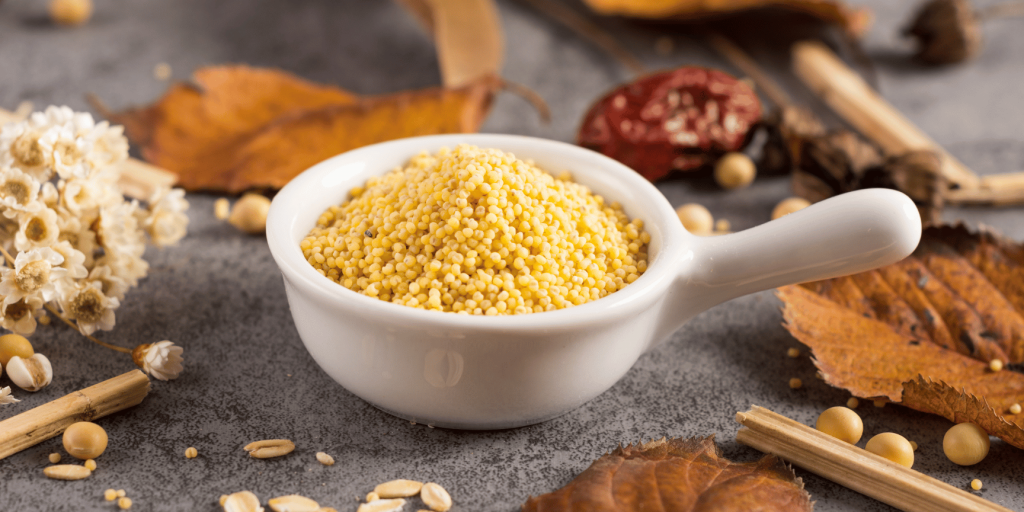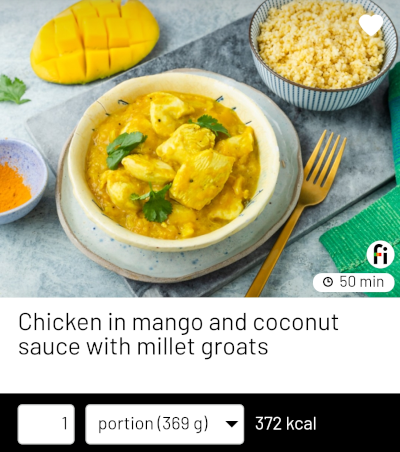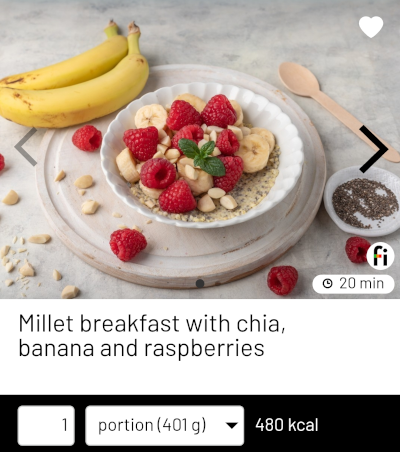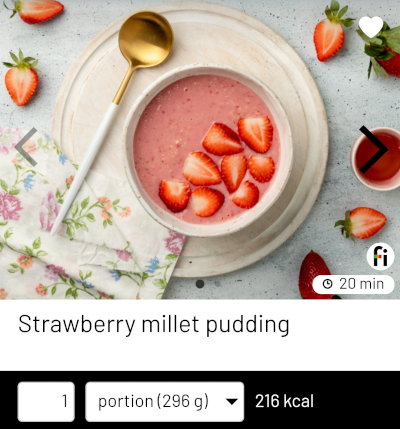Millet groats – 4 reasons why you should eat it

Do you have problems maintaining normal blood glucose? Or do you often suffer from diarrhoea or constipation? Then you may find that millet groats are the solution to your problems. Discover the benefits of introducing it into your daily diet.
Millet groats are the hulled grain of millet. This cereal is one of the most anciently cultivated crops. Its oldest fragments have been found in China and date back to between 8,500 and 7,000 BC. In Europe, it was widely cultivated in the past, but lost its importance in the post-World War II period. Now it is coming back into favour again so that we can reap the maximum benefits of its valuable properties.
Millet groats – why you should eat it
1. Helps maintain normal blood sugar levels
Due to its low glycaemic index, millet groats support the maintenance of normal blood sugar levels.
2. Helps fight constipation
Millet groats contain approximately 8.5 g of dietary fibre per 100 g of dry groats. As a result, it contributes to increased intestinal peristalsis and better faecal mass formation. Therefore, millet groats can help in the fight against constipation.
3. It is gluten-free
Millet groats are gluten-free, so they can be consumed by people with coeliac disease, as well as those on a gluten-free diet for various reasons. Due to its beneficial effects, it is also good for people for whom gluten is not an issue.
4. It is easily digestible
Despite its high fibre content, millet groats are easily digestible and have a beneficial effect on the digestive system. It is recommended for the low fodmap diet, as well as for people suffering from irritable bowel syndrome.
Millet groats – how to cook
- Rinse the groats with cold water before cooking – this will help get rid of the bitter aftertaste.
- Cook the semolina in a 2:1 ratio, i.e. 2 cups of water to 1 cup of semolina.
- Add the porridge to the boiling water and stir immediately.
- Cook the porridge, covered, over low heat for the time shown on the packet. After the allotted time (approx. 15 minutes), the porridge will have absorbed all the water and will be ready to serve.
Note: Apart from stirring the porridge for the first time, never stir it again as it will start to stick to the pot.
Recipes for millet groats from the Fitatu® Recipe Catalogue
Looking for ideas for dishes with millet groats? You’ll find them in Fitatu®! Our Recipe Catalogue is huge and each dish has calculated calories and macronutrients. You can also quickly create a shopping list from your planned recipes. To access all these features, it’s worth investing in Fitatu® Premium.
Here are some examples of suggestions for millet groats:



Join the support group and share your own recipes
Share your favourite recipes with other Fitatu® users in the “ENG: Lose weight without hunger or sacrifices using the Fitatu app 📲🥑” group on Facebook. In addition to culinary inspiration, you will also find motivation in the form of spectacular makeovers, as well as support from other group members. Striving for success in a group of people with similar problems and experiences increases the chances of success. Read more about the evidence of the effectiveness of participation in support groups in the article Support groups – why are they needed?
Fitatu® app
Want to discover more delicious recipes? Download the app from the Play Store or Apple Store. With our discount code MILLET-2, you’ll gain access to 2,000 additional dishes. Go to https://www.fitatu.com/app/order-and-payment and get 29% off your monthly Fitatu® Premium.
What else can you find in Fitatu® Premium?
- widget
- additional plans for intermittent fasting
- the ability to create shopping lists
- a choice of six ready-made menus full of meals to choose
- filtering products and recipes
- more synchronization with fit apps
- access to your Meal Plan in the web version
- no ads!
Bibliography:
- Janani Narayanan, Vimala Sanjeevi, U Rohini, Patricia Trueman, Vijay Viswanathan, Postprandial glycaemic response of foxtail millet dosa in comparison to a rice dosa in patients with type 2 diabetes, Indian J Med Res. 2016 Nov;144(5):712-717
- https://fdc.nal.usda.gov/fdc-app.html#/food-details/169702/nutrients





